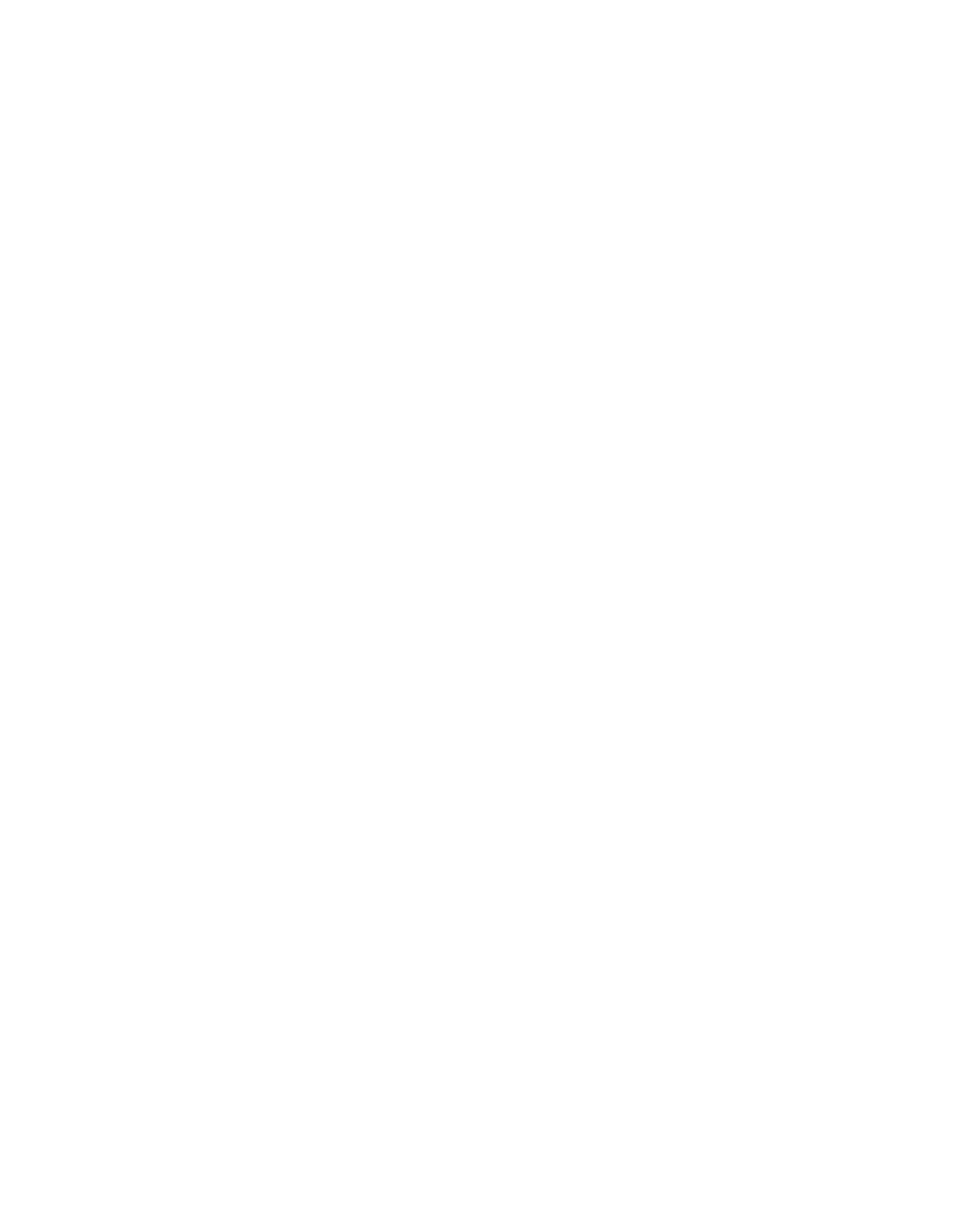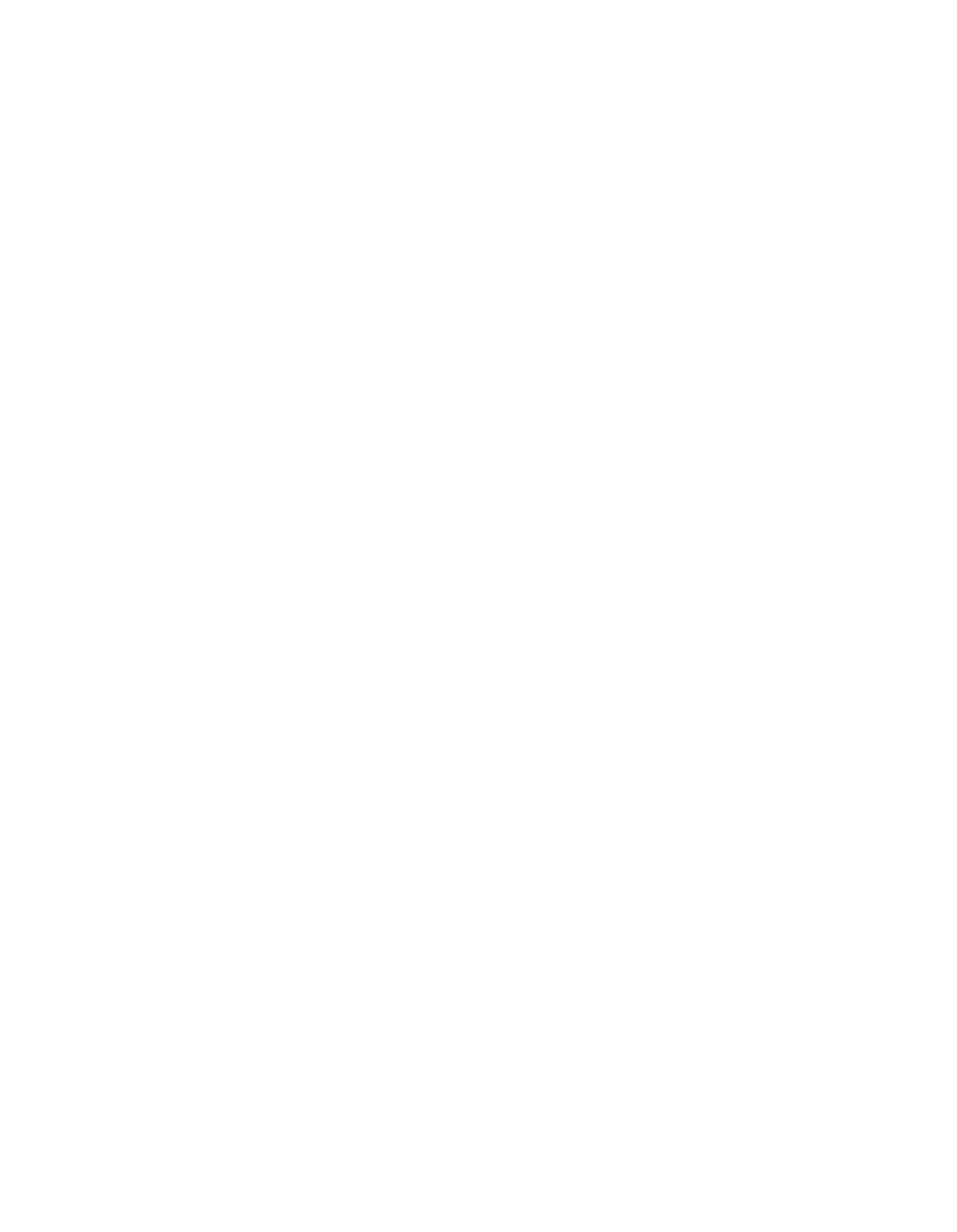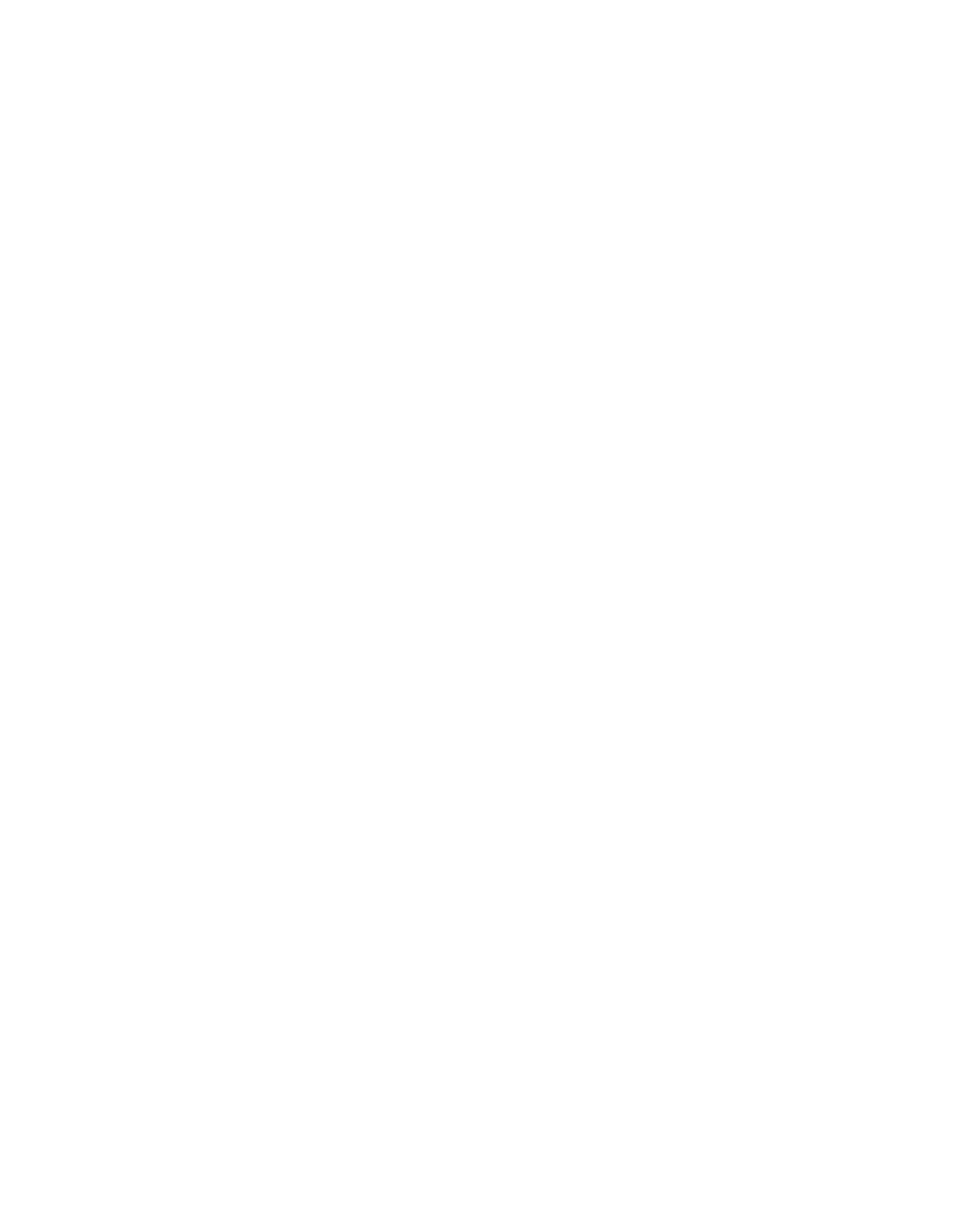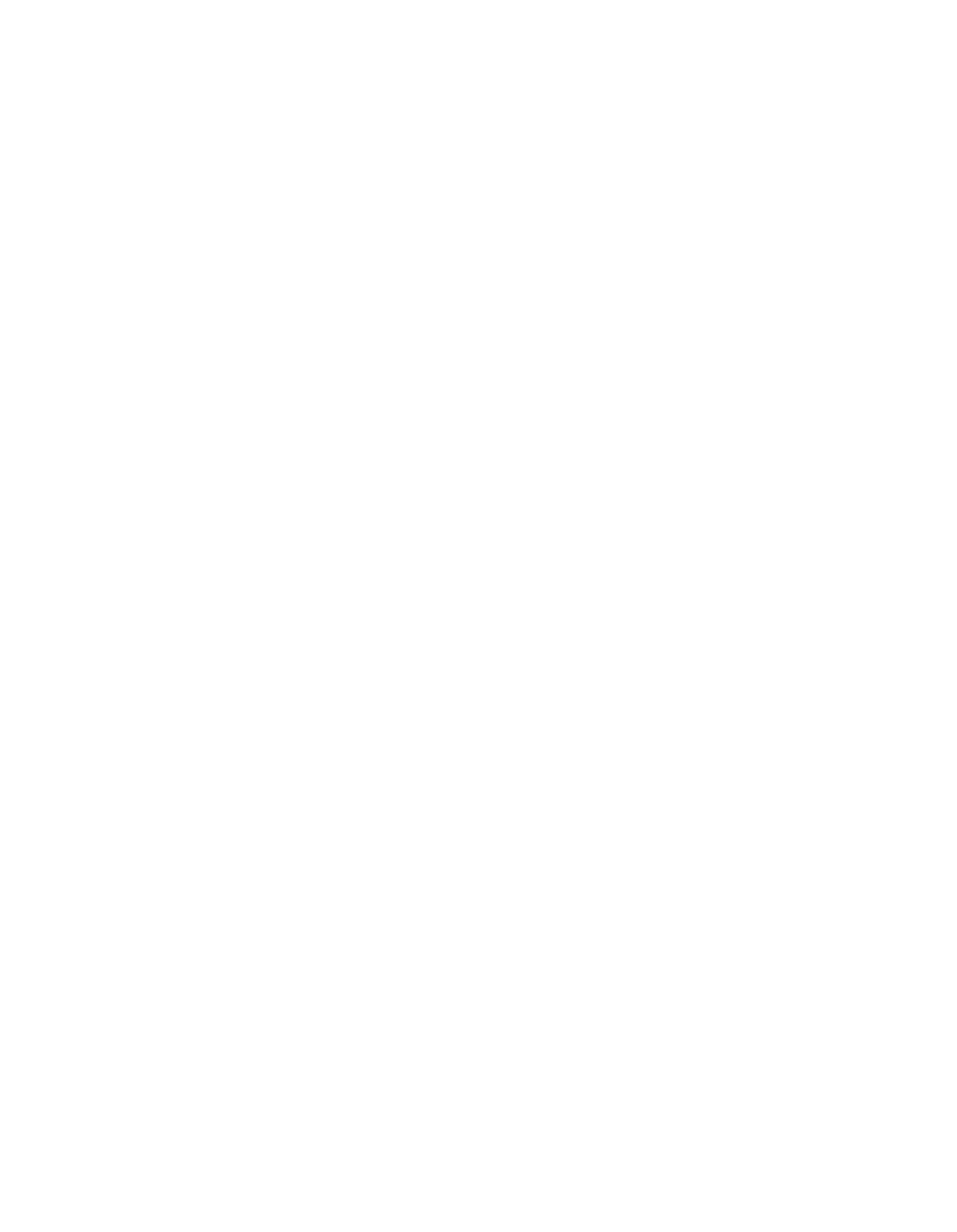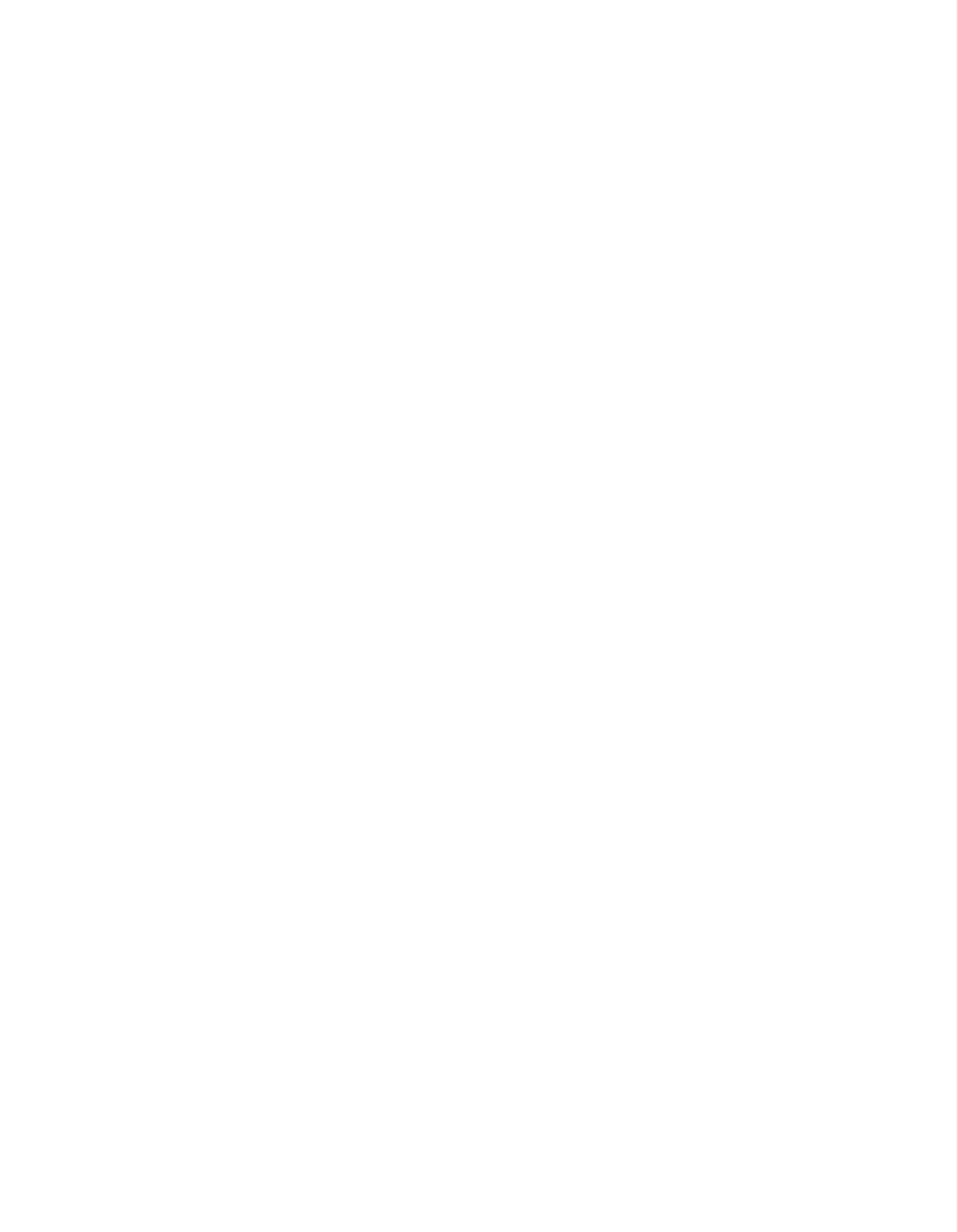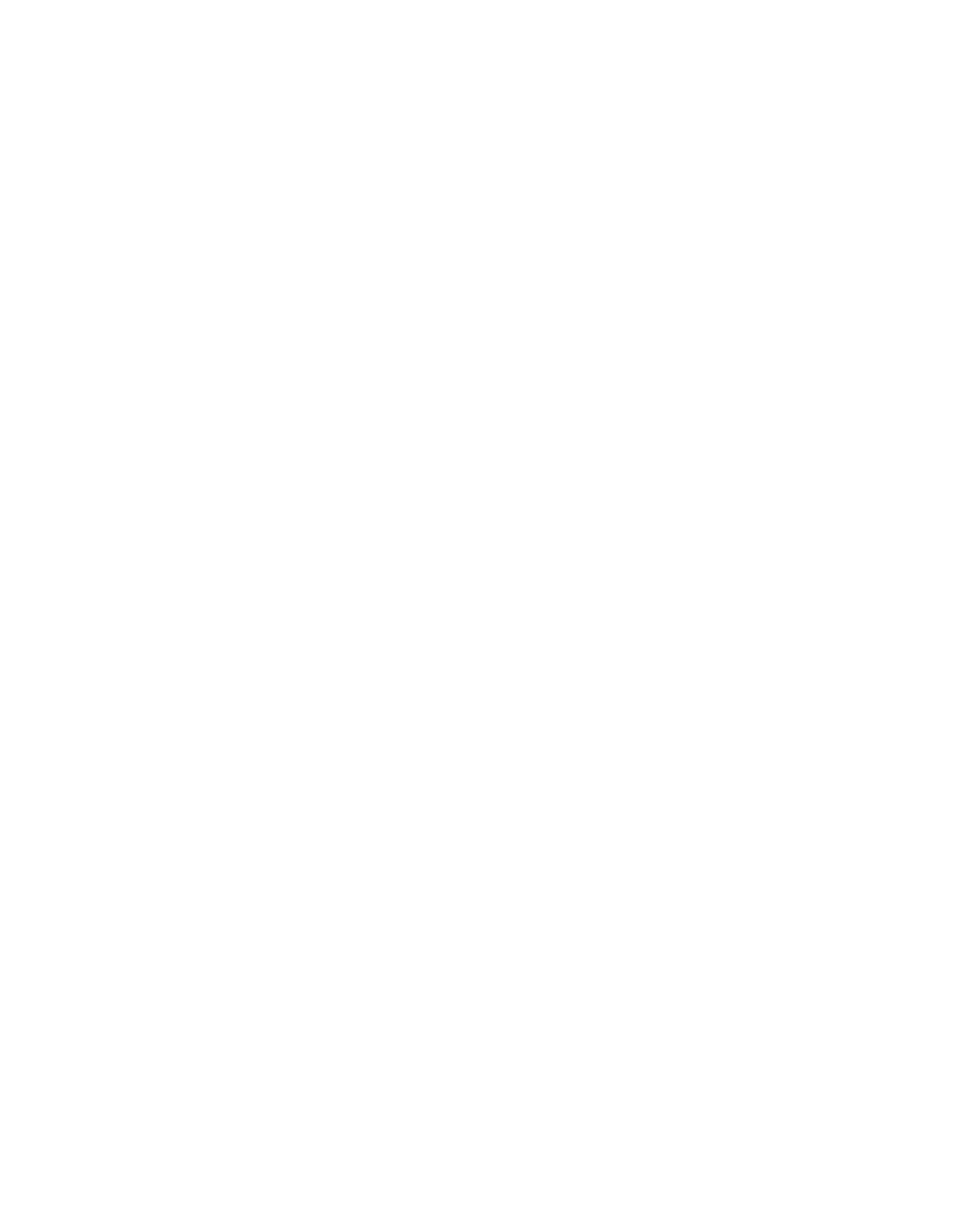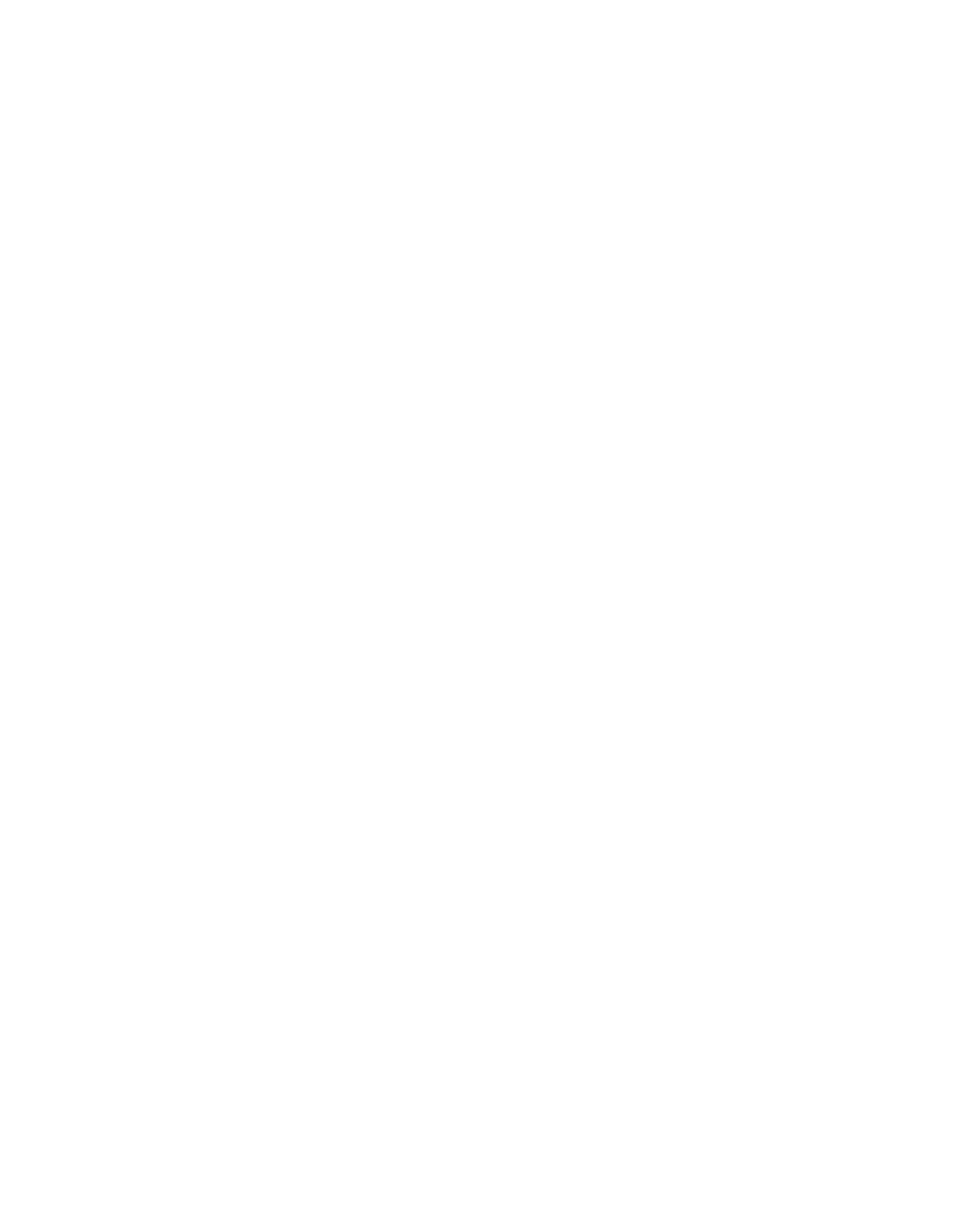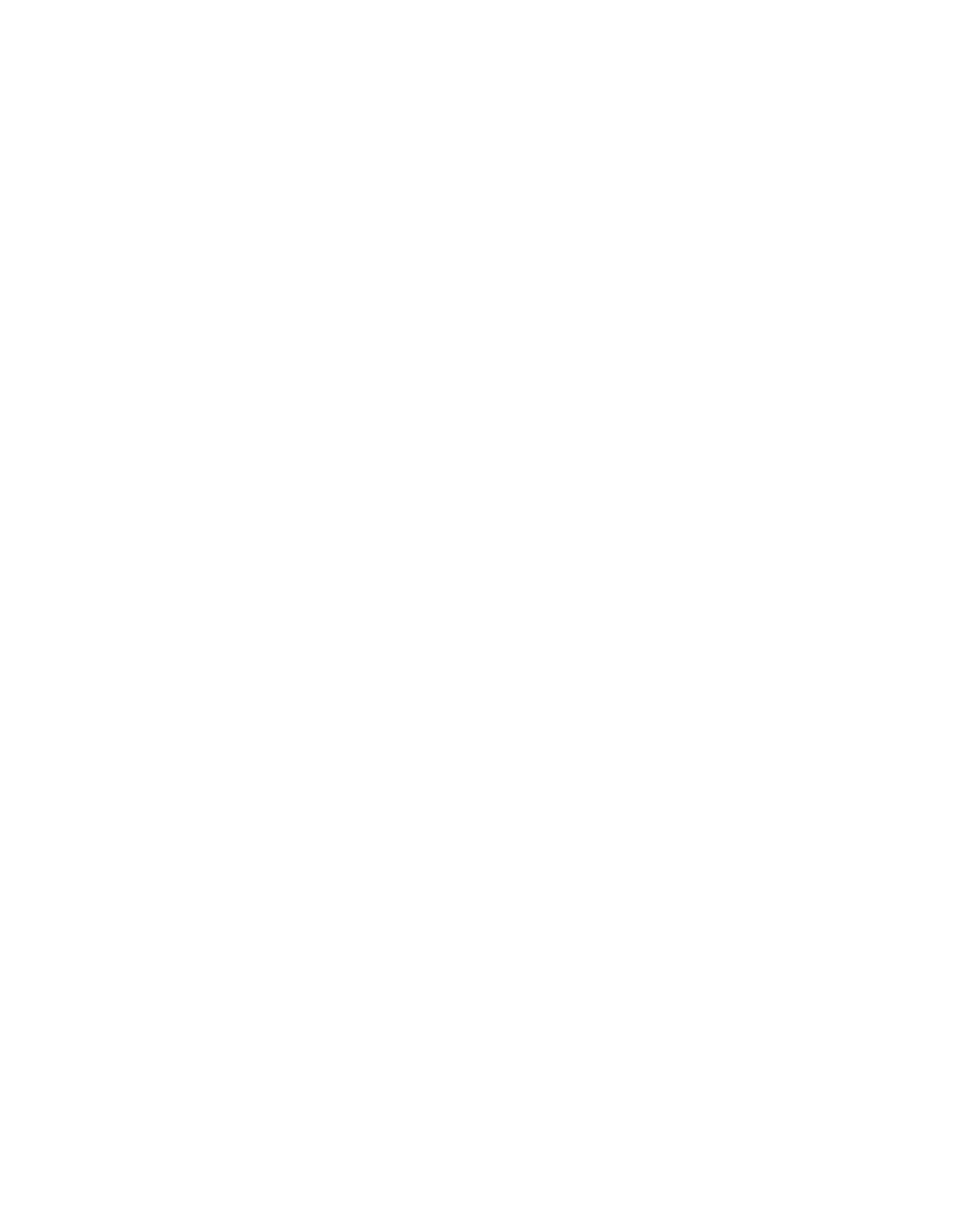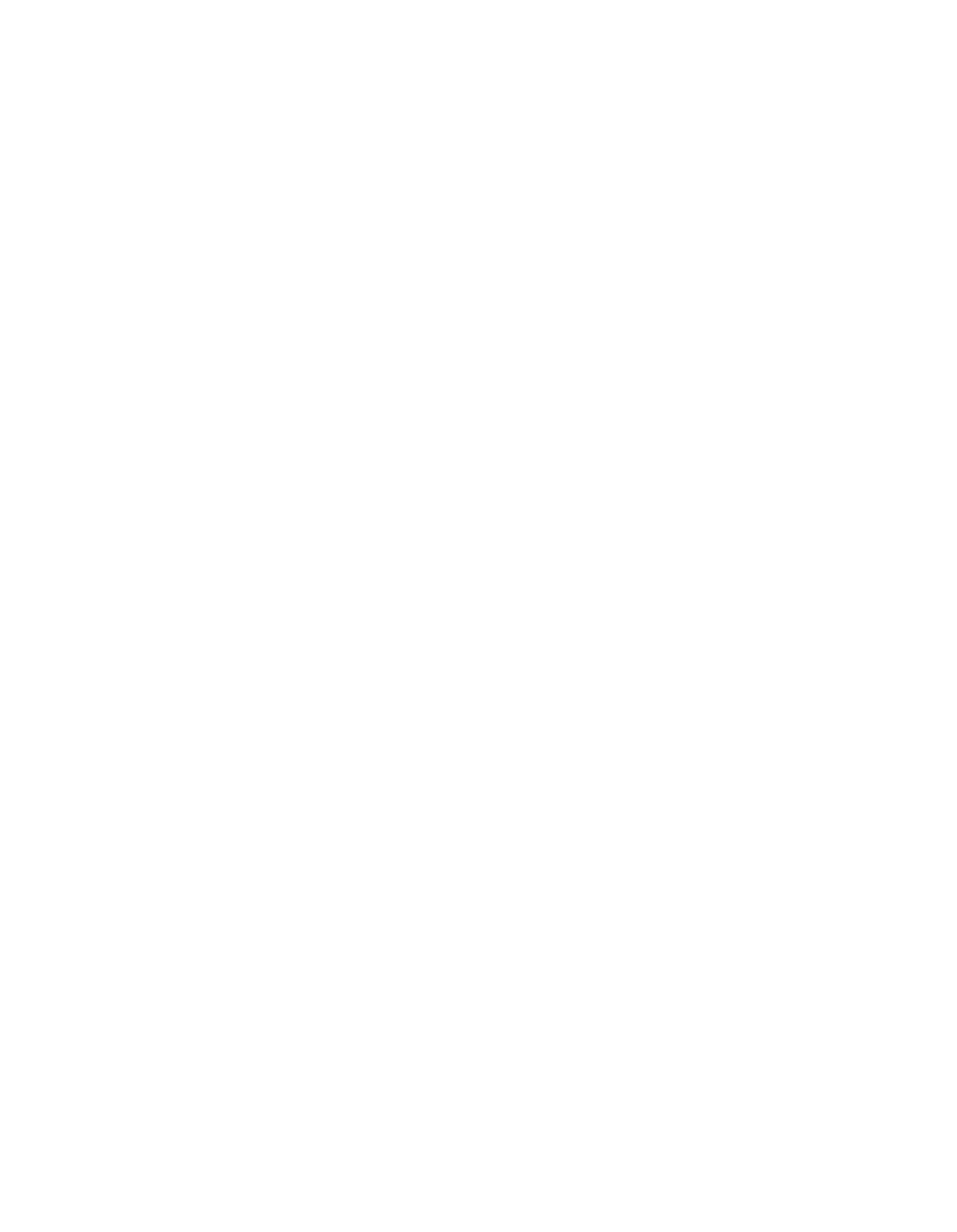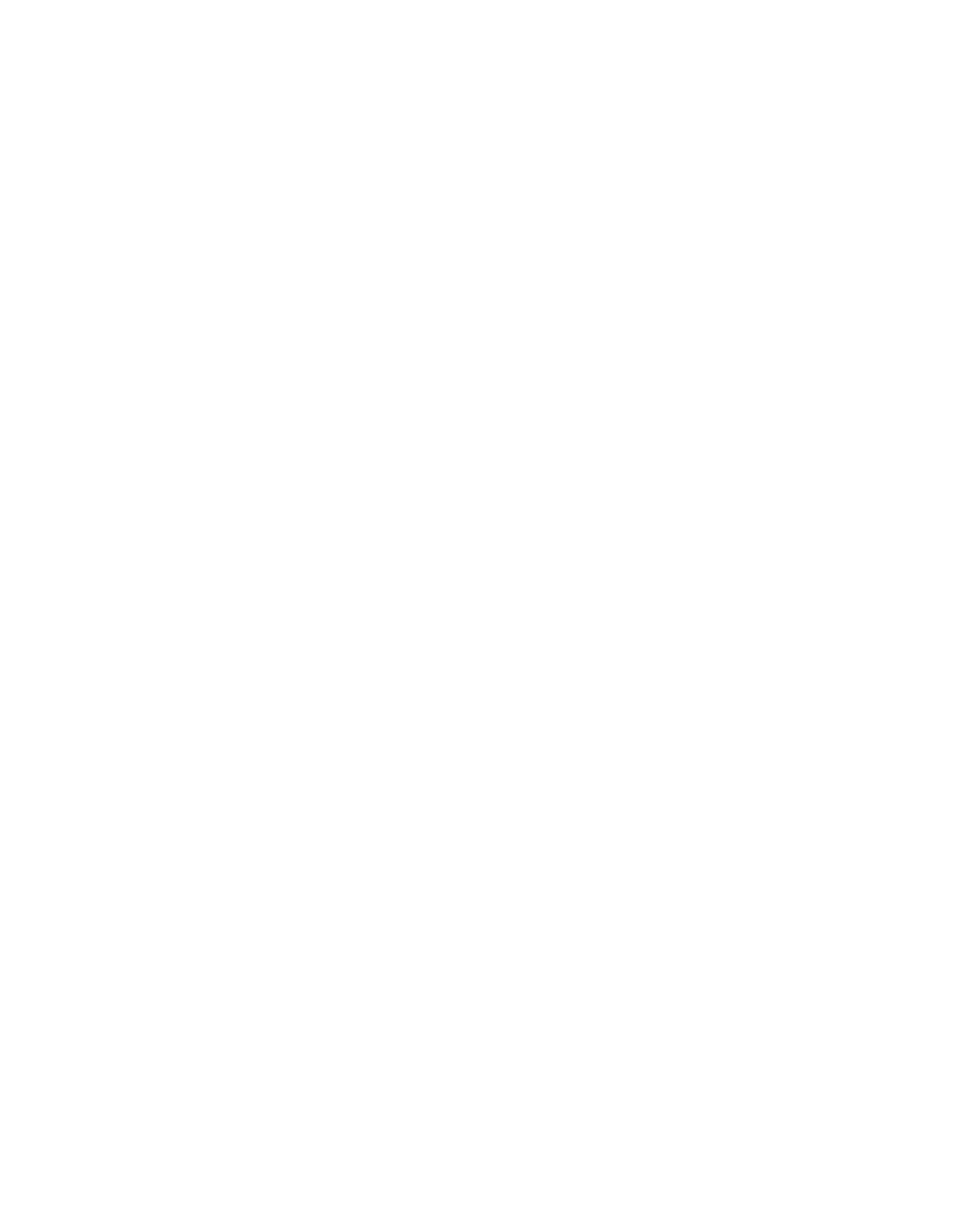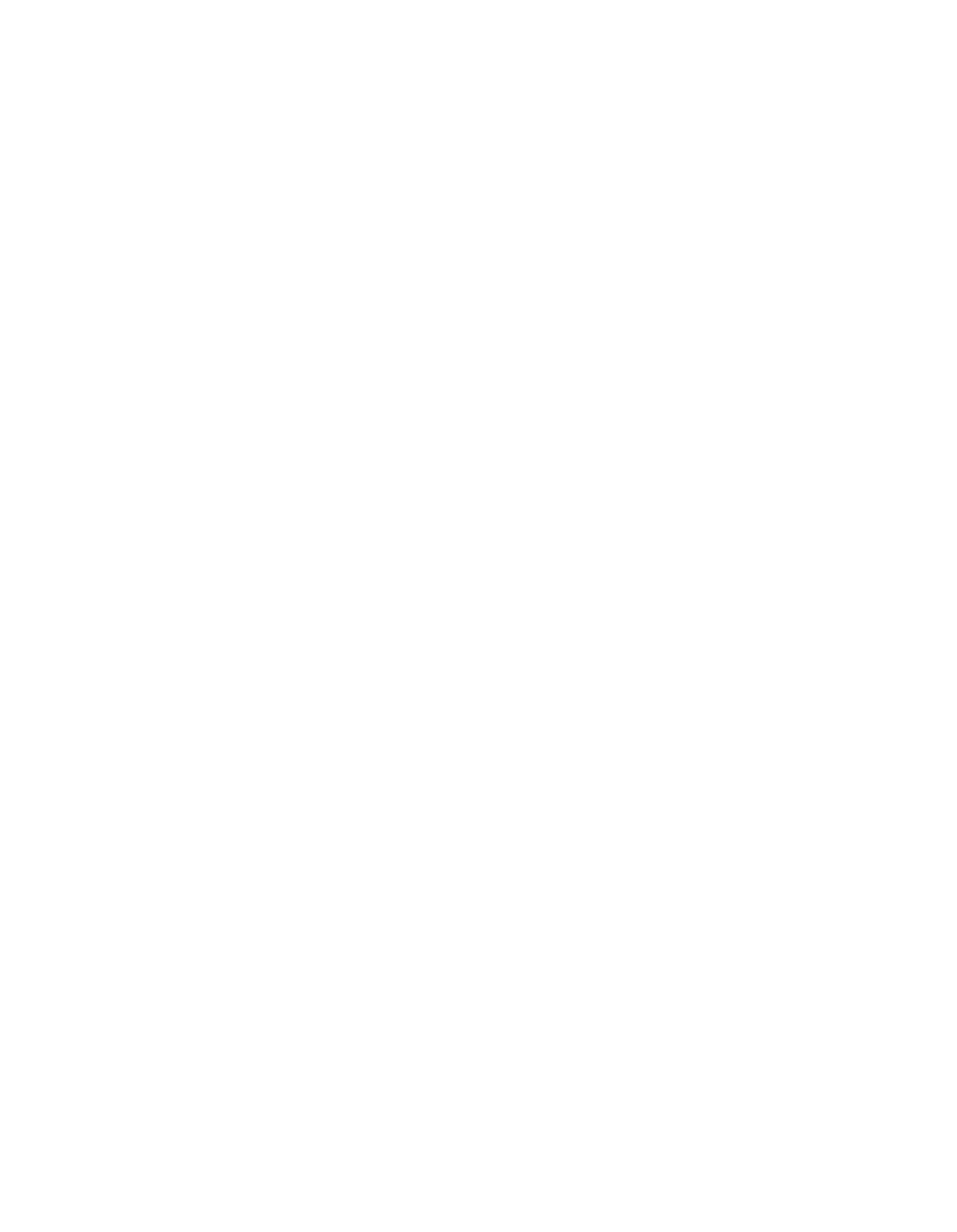ILLINOIS POLLUTION CONTROL BOARD
September
28, 1989
IN THE MATTER OF:
)
AMENDMENTS TO 35
ILL. ADM.
)
R84-12
CODE 604.203 AND 605.104 OF
)
SUBTITLE
F:
PUBLIC WATER
)
SUPPLIES (Trihalomethanes)
PROPOSED RULE
SECOND NOTICE
OPINION AND ORDER OF THE BOARD (by JD.
Dumelle):
On December 15,
1988,
the Board proposed for First Notice
amendments
to
35
Iii. Adm.
Code Subtitle F which would expand the
0.10 milligrams per liter
(mg/i) standard for total
Trihalomethanes
(TTHM)
in finished drinking water currently
regulating public water supplies serving over 10,000 individuals
to public water supplies serving
fewer than 10,000 individuals.
The proposed amendments were published
in the Illinois Register
on January 13,
1989 at
13
Ill.
Reg.
255,
262, and 269.
On
February
24, 1989
(13 Ill.
Reg.
2539)
a Notice of Correction was
published because two of
the existing subsections
(now being
relabeled as subsections
(e) and
(f)) were inadvertently omitted
from the First Notice publication.
The Notice of Correction
merely corrected that oversight and adds no new substance to the
proposed amendments.
The 45—day public comment period expired on
March
1,
1989;
five public comments were submitted.
Today
the
Board adopts the proposed amendments
for Second Notice.
The five public comments were submitted as
follows:
Public
Comment number (“P.C.~) 4,
from the Northern Illinois Water
Corporation,
P.C.
5 from the Administrative Code Division of the
Office of the Secretary of State,
P.C.
6 from the Illinois
Environmental Protection Agency
(“Agency”), P.C.
7 from WSCO
Development,
Inc.,
and P.C.
8 from Hickory Highlands Water
Company.
The Northern Illinois Water
Corporation stated only that the
proposed amendments will cause no problem because it
is already
performing the required
tests.
WSCO Development stated that
it
is a “small family owned and operated water company supplying
approximately 200 customers.”
Hickory Highlands Water Company
stated that
it
is
a “small
family owned and operated water
company supplying water
to approximately 86 customers.
The water
is purchased from the City of Bloomington.”
Apparently,
these
commenters are affected by the proposed regulations and are
103—591
—2—
responding to the Board’s First Notice request for comment.
The
Board appreciates their comments.
All of the comments set forth in P.C.
5 from the
Administrative Code Division have been incorporated into this
Second Notice Order.
The majority of the substantive comments were submitted
in
P.C.
6 by
the Agency.
The Agency’s first comment
is that
it
cannot provide the laboratory analyses to implement proposed
Section 605.104(b).
At First Notice Section 605.104(b) stated
that a public water supply shall submit at least one initial
sample per treatment plant
to the Agency for analysis, and then
submit either one sample annually or one sample quarterly
thereafter depending on the results.
The Agency argues that
it
cannot provide any sampling analysis whatsoever
to implement
proposed Section 605.104(b)
because it does not have available
funds for such laboratory analyses
in its current budget.
Thus,
the Agency suggests changing the requirement
to reflect that the
sample shall be collected by the water supply, analyzed by a
certified laboratory,
and then reported to
the Agency, thereby
transferring the costs
to the water supplies.
The Board is sympathetic but not altogether persuaded by
this position.
Although the Board appreciates the Agency’s
concerns, the Board does not believe that
it is,
or ought to be,
precluded from adopting
a necessary regulation for
the sole
reason that the Agency possesses scarce resources with which
to
implement the regulation.
The Board notes
that Section 14 of
the
Act states:
The General Assembly finds
that state
supervision of public water supplies is
necessary in order
to protect the public from
disease and to assure an adequate supply of
pure water
for all beneficial purposes.
It
is
the purpose of
this Title to assure adequate
protection of public water supplies.
To that end,
Section 17 of
the Act states:
The Board may adopt regulations governing the
location,
design,
construction, and continuous
operation and maintenance of public water
supplies
installations, changes or additions
which may affect the continuous sanitary
quality, mineral quality,
or adequacy of
the
public water
supply, pursuant
to Title VII of
the Act.
Section
27 of Title VII states that in promulgating regulations
the Board shall
take into account:
103—592
—3—
the existing physical conditions,
the
character of the area involved, including the
character of surrounding land uses,
zoning
classifications,
the nature of the existing
air quality, or receiving body of water, as
the case may be, and the technical feasibility
and economic reasonableness of measuring or
reducing the particular type of pollution.
Clearly Section 14 of the Act articulates a policy of protecting
the public from disease and contaminants
in its public water
supplies.
Since 1982, Board regulations have established
a
maximum allowable concentration for
TTHMs
in the finished
drinking water of public water supplies serving over 10,000
individuals.
The Board believes that individual consumers of
public water supplies serving fewer
than 10,000 are equally
entitled
to the same protection.
Thus,
the Board believes that
the scope of the existing rules must be extended to cover
supplies serving fewer than 10,000 individuals.
That this will
increase the workload of the Agency as a result
is
true; most
Board rulemakings
do.
However,
the Board is sympathetic
to the Agency’s
concerns.
Consistent with the Board’s statutory responsibility
to adopt economically reasonable regulations which assure
adequate protection of public water supplies the Board has
revised the language of
Section 605.104(b).
The Board has
rewritten Section 605.104(b)
to parallel the language of Section
605.104(a), which requires the submission of either
the sample or
the analytical
results of
a sample from a certified laboratory.
Were the Board to decline altogether
to adopt
a regulation
simply
because the Agency states
that
it cannot
afford
to
implement it, the Board believes that
it would be tantamount
to
delegating
its rulemaking authority
to the Agency in violation of
the Act.
For all effective proposes,
the Agency would be
deciding which rulemakings would proceed and which would not.
But where,
as here,
the Board believes that the proposed rule is
necessary to protect the public (served by supplies serving fewer
than 10,000)
and that it
is technically feasible and economically
reasonable,
the Board will proceed
to fulfill
its responsibility
under Sections 14,
17, and
27
of the Act.
Cost of Compliance
The Agency’s next comment
is
that the Board “has not
adequately considered
the costs
of
the proposed regulation.”
In
addition to
its previously addressed argument,
the Agency states
that another significant and unavoidable immediate cost to the
Agency would be the revision of
the Agency’s data system to
include supplies under
10,000.
The Agency argues that the record
103—503
—4—
maintenance for
TTHM
for supplies under 10,000 would have to be
manually kept or
revision of the present data system would
be
required.
To revise the present data system to include the
smaller supplies, the Agency estimates
a cost
of $5,000.
The
Agency also maintains that to implement the sampling in
accordance with the proposed schedule, a general mailing to all
supplies under 10,000
needs
to be done.
The Agency points out
that this mailing will be costly, another expense not provided
for
in the Agency budget.
The Board
is not unaware that
the implementation of
a
regulation requires expenditures.
The $5,000 cost
to revise the
data system and
the unspecified cost of providing notice
to the
supplies does not appear
to be unreasonable in light of the
benefits derived.
The Board points out that the Department of
Energy and Natural Resources (DENR),
in its Economic Impact Study
(EcIS),
found that the cost per examination
(which includes
4
samples)
is $215.40 and that the proposed rule potentially
affects 381 public water supplies which
in turn serve a total of
846,432 individuals.
They also estimate that less than 20
of
the sources are likely to be out of compliance with the proposed
total TTHM standards.
Nothing submitted in the Comments suggests
that this estimation is
in error.
Thus,
in light of the
protection afforded those potential 846,432
individuals, the
Board believes the expenditures estimated above are reasonable.
The Agency also states that the costs
to public water
supplies will be greater than those considered by the Board.
As
the Board has revised the text of Section 615.104(b), as noted
above,
the Agency’s comments on the costs of analysis
to the
supply merit attention.
The Agency states that one of the
greatest costs
to the supplies will be the costs of upgrading the
treatment plant.
The Agency maintains that some satellite
supplies may have no equipment at all, and will have to
fund,
design and construct equipment to come into compliance.
The
Agency, however,
does not provide cost estimates.
The Board is not persuaded.
The EcIS provides approximately
fourteen
(14) alternative strategies available to public water
supplies for reducing TTHMs and the costs associated with each.
(EcIS, pp.
45—73).
Cost estimates vary depending on the strategy
employed and the number of people served.
Two of the strategies,
“Control of Precursors at
the Source” and “Moving the Point
of
Chlorination Downstream”
require no direct capital costs and a
minimal amount of labor time and resources to implement.
Also,
the costs associated with the other strategies do not appear
to
be unreasonable.
The Board notes
that
the
many variable factors,
such as
control strategies, population served, etc.,
can result
in many
cost scenarios,
some of which,
if
all else fails, may appear
to
be unreasonable.
The Board notes that where compliance with this
103—504
—5—
regulation would impose an unreasonable hardship upon the water
supply, the Environmental Protection Act provides certain forms
of relief.
Sampling and Compliance Dates
The Agency’s next comment is that the May—October,
1989
initial sampling date and the January
1,
1990 compliance date are
arbitrary and unreasonable.
The Agency argues that for at least
a portion of the May—October,
1989 sampling period,
it
is likely
that no adopted regulations will exist.
The Agency believes that
public water supplies may be unwilling to initiate sampling
in
response to proposed regulations.
Further, the Agency argues,
even
if the samples can be collected then more sampling will
be
required for many supplies.
Further,
the Agency argues
If the initial sample exceeds 0.100 mg/l,
one
year of quarterly sampling must still be
done.
Requiring compliance by January
1,
1990
will put many supplies cut of compliance with
Board regulations even when sampling has not
shown them to be
in violation of the
standardst
The number of supplies
in that
situation could be significant, prompting a
rash of variance applications whose compliance
plan would consist of
a request for one—year
sampling.
(P.C.#6,
at
p.4)
The Agency believes that the first practical compliance date
would be January
1,
1992.
To a certain extent,
the Board
is
persuaded
to
extend the
dates
for sampling and compliance.
The Board agrees that the
rulemaking proceeding may not become finally effective,
i.e.,
through Second Notice review by the Joint Committee on
Administrative Rule
(JCAR),
final adoption, and filing with the
Secretary of State, until after November
1,
1989.
So as
to
provide adequate time in which to provide notice
to the supplies
and an opportunity to prepare to comply,
the Board has amended
the initial sampling dates
to May
1,
1990 through October
31,
1990.
Moreover,
the Board believes that
this extension will
provide the Agency with adequate time to seek the resources
necessary
to implement
the rule,
as previously discussed.
Similarly,
the date of
required
compliance has also been
extended.
The Board believes
that
a compliance date of January
1,
1992 is
reasonable.
As samples will
be submitted between May
and October,
1990,
the supplies should be aware by late 1991
whether or not they are in compliance,
such that they can begin
the intended process of coming into compliance.
103-505
—6—
Given the compliance schedule,
the Board
is not persuaded to
await the federal Disinfectant Byproduct Regulations.
The Agency
states that USEPA may adopt more stringent standards for TTHMs
arid that these regulations are due for publication in early
1990.
The Agency believes apparently that for purposes of
consistency with federal requirements, Illinois would do well to
await federal action.
As the Board stated
in its first Notice
Opinion, USEPA’s current timetable,
as articulated in its
semiannual Regulatory Agenda
(53 Fed.
Reg.
42492),
is as
follows:
Notice of proposed Rulemaking
in September,
1990,
and
Final Action on the rulemaking
in September,
1991.
The Agency
has offered no support
for its statement that
the federal
regulation
is
“due for publication in early 1990.”
Further,
the
Board notes that TJSEPA’s timetable
is speculative as the proposal
itself
is a year and half away.
Finally, even if USEPA adheres
to its articulated schedule,
it
is unlikely that public water
supplies will be required to begin sampling until
the summer
of
1992,
thereby extending a compliance date to possibly 1993.
Based on these considerations the Board finds that awaiting
federal action
is not
in the best interest of the public.
The
Board will therefore proceed.
State Mandates Act
The Agency’s next comment
is that the State Mandates Act
(Ill. Rev.
Stat.
ch.
85,
para 2201 et seq.
(1987)) will likely
apply.
The Agency states that
in this proceeding
the Board
is
proposing to extend the existing TTHM regulations beyond the
scope of the federal mandate
(40 CFR 141.30)
to apply to surface
water supplies serving
fewer than 10,000 people.
The Agency
argues that because the Board’s action exceeds the federal
mandate and requires expansion of services and additional
expenditures of local government,
the Board is creating
a state
mandate.
The Agency’s argument on this point
is as follows:
Section 6(b) of the State Mandates Act
requires that the General Assembly shall
reimburse the local government at least
50
but not more than 100
of the increase in cost
attributable to the mandate, unless the
service mandates meets one of the exclusion
requirements.
The most applicable of the
service mandate exclusions would likely be
that excluding annual net costs of less than
$1,000.
If
the mandated testing costs
less
than $1,000,
the exclusion may apply.
Interpretation of the Board rule may or
may
not
include the cost of control
for TTHM as
being mandated by the regulation.
Ostensibly,
th
regulation only mandates
a TTHM standard,
no~installation of control equipment.
But,
in reality, imposition of any standard does
103—596
—7—
mandate for some community water supplies the
installation of control equipment.
A question regarding the actual enforceability
of this regulation would exist
if the State
Mandates Act does apply.
Section
8 of the Act
states that if the General Assembly has not
made the necessary appropriations to implement
the service mandate,
the local government
is
relieved of the obligation to implement the
service mandate.
Court interpretation of the applicability of
the State Mandates Act on a case—by-case basis
could impose some formidable legal burdens on
the enforcement of these regulations.
(P.C.#6
at
p.
7)
The Board concurs with the Agency inasmuch as the Board
believes that the State Mandates Act may apply.
However,
the
Board does not share
the Agency’s apparent position that the
possible application of the State Mandates Act should have
a
chilling effect on the progress of Board rulemakings.
Despite the existence of the State Mandates Act since 1981,
the Board notes
that
the issue of its applicability to a
particular Board rulemaking proceeding is here of first
impression.
Although the Board complies with Section
5 of the
State Mandates Act by preparing a statement of Statewide Policy
Objectives
for each of its rulemakings,
the Board has not been
called upon
to address the
interplay,
if any, between the Board’s
rulemaking authority and the provisions of
the State Mandates
Act.
As previously set forth
in the Opinion,
the Board’s
rulemaking authority
is generally set
forth
in Section
27
of the
Act.
Section 27 requires the Board to consider certain aspects
of the proposal.
With regard
to State Mandates Act
interplay,
the most relevant consideration is that of “economic
reasonableness of measuring or reducing the particular
type of
pollution.”
In this rulemaking,
the Board has found that the
implementation of the regulation will be economically
reasonable.
The Board believes that this finding of economic
reasonableness exists whether or not the State Mandates Act
applies and its provisions are carried out.
The Board believes
that the regulation
is necessary to protect the public and that
the costs
to those who must comply are reasonable.
That
the
State Mandates Act may provide assistance
to local governments
in
the implementation of
this
regulation
is well and good; however,
it does not figure
into the Board’s consideration of economic
reasonableness.
In other words,
if the State Mandates Act does
not operate to provide assistance
to
a local government,
that
does not change the finding of economic reasonableness.
It does
103--597
—8—
not make an economically reasonable rule economically
unreasonable.
Thus,
the Board does not believe that,
in this proceeding,
the States Mandates Act merits further consideration;
the Board
has found the rule to be economically reasonable in and of
itself.
As
its final comment,
the Agency responded
to three
questions raised in the First Notice Opinion.
First,
the Agency
stated that the language of Section 605.104(a)
should not be
amended to clarify specifically where samples should be taken.
The Agency argues that because each supply is different,
no one
specific place for sampling can be identified
for all systems.
The Agency maintains that it must work with the supply to
determine the appropriate sampling points.
The Board accepts the
Agency’s position and will not change the language.
Second,
the Agency states that it
is unaware of any
circumstances when a sample cannot be analyzed for maximum
residence time concentration
(MRTC), except where collection or
lab errors occur as a result of air bubbles
in the sample.
Thus,
it
is the Agency’s position that no other method of testing
should be specified.
Here,
too,
the Board accepts the Agency
position and will not change
the language.
Finally,
the Agency states that because
it cannot perform
analyses for the supplies but forsees a possibility of private
backlog,
the phasing in of the regulation should be provided such
that all sampling must be completed within
18 months of the May
following adoption.
As the Board extended the deadlines for
sampling and compliance,
as discussed above, the Board believes
that
a phasing—in period is no longer warranted.
ORDER
The following amendments are hereby proposed for Second
Notice.
The Clerk of the Board
is directed to submit these
proposed amendments to the Joint Committee On Administrative
Rules.
TITLE
35:
ENVIRONMENTAL PROTECTION
SUBTITLE F:
PUBLIC WATER SUPPLIES
CHAPTER
I:
POLLUTION CONTROL BOARD
PART 601
INTRODUCTION
Section
601.101
General Requirements
601.102
Applicability
103-593
—9—
601.103
Severability
601.104
Analytical Testing
601.105
Definitions
Appendix
References to Former Rules
AUTHORITY:
Implementing Section 17 and authorized by Section
27
of
the Environmental Protection Act
(Ill.
Rev.
Stat.
1987,
ch.
111 1/2,
pars. 1017 and 1027).
SOURCE:
Filed with Secretary of State January
1,
1978;
amended
at
2 Il~
.
Reg.
36,
p.
72, effective August
29,
1978;
amended at
3 Ill.
Reg.
13, p.
236, effective March 30,
1979;
amended and
codified at
6
Ill.
Reg.
11497, effective September
14,
1982;
amended at
6
Ill. Reg.
14344, effective November
3,
1982;
amended in R84—12 at
—
Reg.
________
effective
__________________
Section 601.105
Definitions
For purposes of
this Chapter:
“Maximum Residence Time Concentration”
(MRTC) means the
concentration of total trihalomethanes
found in a water
sample taken at
a point of maximum residence time in the
public water supply distribution system.
“Point Of Maximum Residence Time”
means
that part of
the active portion of the distribution system remote
from the treatment plant where
the water has been
in the
distribution
system for the longest period of
time.
(SOURCE:
Amended at
Ill. Reg.
effective
_______________
TITLE
35:
ENVIRONMENTAL PROTECTION
SUBTITLE
F:
PUBLIC WATER SUPPLIES
CHAPTER
I:
POLLUTION CONTROL BOARD
PART 604
FINISHED WATER AND
RAW
WATER QUALITY AND QUANTITY
SUBPART
A:
BACTERIOLOGICAL QUALITY
SUBPART
B:
CHEMICAL AND PHYSICAL QUALITY
Section
604.201
Finished Water Quality
604.202
Contaminants and Maximum Allowable Concentrations
604.203
Exceptions
to Maximum Allowable Concentrations
604.204
Action Pursuant
to Exceedance of Maximum Allowable
Concentration
103-
—10—
AUTHORITY:
Implementing Section
17 and authorized by Section
27
of the Environmental Protection Act
(Ill.
Rev.
Stat., 1987,
ch.
111 1/2, pars.
1017 and 1027).
SOURCE:
Filed with Secretary of State January
1,
1978;
amended
at
2
Ill. Reg.
36,
p.
72, effective August
29,
1978;
amended at
3
Ill.
Reg.
13,
p.
236, effective March 30,
1979;
amended and
codified at
6
Ill. Reg.
11497, effective September
14,
1982; amended at
6
Ill. Reg.
14344, effective, November
3,
1982;
amended in R84—l2 at
—
Ill.
Reg.
effective
_________________
Section 604.203
Exceptions
to Maximum Allowable Concentrations
The following supplementary conditions apply
to the concentra-
tions listed
in Section 604.202.
d)
Total Trihalomethanes:
2)
Supplies serving
~s7ee~
10,000
or more individuals
shall comply with the Total Trihalomethanes
standard listed in Section 604.202 by
the
effee~ve
date ef these re
k~ens.
Supplies serving l97eeG~
~e 5~47999fewer
than 10,000 individuals shall
comply with this standard by N~errtbe~S~
~983
January 1,
1992.
Ph~ss~er~derd
dees r~etepp~y~e
supp34e~serv4rtg 3ess ther~l~y9G9~s-~
(SOURCE:
Amended at
Ill. Reg.
effective
_______________
TITLE 35:
ENVIRONMENTAL PROTECTION
SUBTITLE F: PUBLIC WATER SUPPLIES
CHAPTER
I:
POLLUTION CONTROL BOARD
PART 605
SAMPLING AND MONITORING
Section
605.101
Frequency of Bacteriological Sampling
605.102
Minimum Allowable Monthly Samples
for
Bacteriological Analysis
605.103
Frequency of Chemical Analysis Sampling
605.104
Frequency of Trihalomethane Analysis Sampling
605.105
Monitoring Requirements for Radium—226,
—228, and
Gross Alpha Particle Activity
605.106
Monitoring Frequency for Radium—226,
—228,
and
Gross Alpha Particle Activity
605.107
Monitoring Requirements for Man—Made Radioactivity
605.108
Monitoring Frequency for Man—Made Radioactivity
103—600
—11—
605.109
Surface Water Supplies Additional Monitoring
Requirements
605.110
Modification of Monitoring Requirements
Appendix
References
to Former Rules
AUTHORITY:
Implementing Section 17 and authorized by Section
27
of the Environmental Protection Act
(Ill.
Rev.
Stat.
1987,
ch.
111 1/2,
pars.
1017 and 1027).
SOURCE:
Filed with Secretary of State January
1,
1978;
amended
at
2 Ill. ~eg. 36,
p.
72, effective August
29, 1978;
amended and
codified at
6 Ill. Reg.
11497,
effective September 14,
1982; amended at
6 Ill.
Reg.
14344,
effective November
3,
1982;
amended in R84—l2 at
____
Ill. Reg.
______,
effective
____________________
Section 605.104
Frequency of Trihalomethane Analysis Sampling
a)
Surface Water Sources for Supplies Serving 10,000 or
More Individuals:
Supplies serving 10,000
or more indi-
viduals shall submit at
least four samples per treatment
plant per quarter
for analysis or analytical results
from a certified laboratory for Total Trihalomethanes
to
the Agency.
After results of
four consecutive quarters
demonstrate consistent Total Trihalomethanes
concentrations below the Maximum Allowable
Concentration, and upon written application by the
supply,
the Agency may reduce the sampling frequency to
one sampling per quarter until
the Maximum Allowable
Concentration is exceeded or until
a significant change
in source or treatment method
is made.
b)
Surface Water Sources
for Supplies Serving Fewer
than
10,000
Individuals:
Supplies serving fewer
than 10,000
individuals shall submit at least one initial sample per
treatment plant
for analysis or analytical results
from
a certified
laboratory for Maximum Residence Time
Concentration
(MRTC)
taken between May
1,
1990 and
October
31,
1990.
After written request by the supply
and the determination by the Agency that the results of
the sample indicate that the supply
is not likely to
exceed the Maximum Allowable Concentration the supply
shall continue
to submit one annual sample per treatment
plant
for analysis
or analytical results from
a
certified laboratory
to
the Agency taken between May
1
and October
31 of succeeding years.
If the sample
exceeds
the Maximum Allowable Concentration,
the supply
shall submit
to the Agency samples
in accordance with
the sampling frequency specified
in Section 605.104(a)
above.
103 ~01
—12—
bc)
Groundwater Sources for Supplies Serving 10,000 or More
Individuals:
Supplies serving 10,000
individuals or
more shall submit at least one sample per treatment
plant
for MTP analysis.
After written request by the
supply and the determination by
the Agency that the
results of the sample and local conditions indicate that
the supply is not likely to approach or exceed the
maximum allowable concentration, the supply shall
continue to submit one annual sample per treatment
plant,
or
report of analysis by certified laboratory
to
the Agency.
If the sample exceeds the Maximum Allowable
Concentration or cannot be analyzed for MTP, the supply
shall submit samples
in accordance with Section
605.104(a).
~.J
Groundwater Sources
for Supplies Serving Fewer Than
10,000 Individuals
—
Supplies serving fewer than 10,000
individuals are not required to submit samples for
trihalomethane analysis under
this Section.
ce)
Significant changes
in water sources
or treatment will
require testing
in accordance with Section 605.104(a).
df
If the
result of an analysis made pursuant
to the
reduced monitoring schedules provided by Section
605.104(a)
indicates that the level of Total
Trihalomethanes exceeds the Maximum Allowable
Concentration listed
in Section
604.202,
the owner
or
operator
of the supply shall initiate analysis of one
check sample promptly after the exceedance
is reported
to the supply.
If the check sample confirms that
the
level
of Total Trihalomethanes
exceeds the Maximum
Allowable Concentration,
the supply shall sample
in
accordance with the frequency set out
in Section
605.104(a),
for at least one year.
(Source:
Amended at
Ill.
Reg.
effective
_______________
IT IS SO ORDERED.
I, Dorothy M. Gunn,
Clerk of the Illinois Pollution Control
Board,
hereby certif
that the above Opin’on and Order
was
adopted on the
_____________
day of
~
1989 by a vote
of
____________.
•~2.
‘Dorothy M. 9~mnn, Clerk
Illinois Poilution Control Board
103-602


